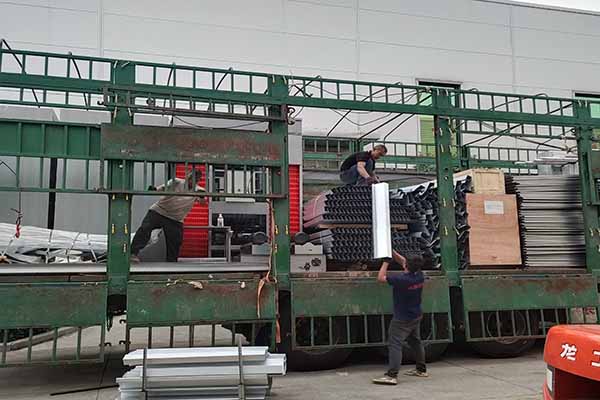How to Start a Chicken Farm in Georgia: A Step-by-Step Guide
Time : 2025-04-19
Starting a chicken farm in Georgia can be an exciting and profitable venture. Georgia, with its fertile lands and favorable climate, is an ideal place for poultry farming. Whether you’re a beginner or looking to expand your farming business, this comprehensive guide will help you navigate the process of setting up a chicken farm in Georgia.
1. Market Research and Planning
1.1. Identify Your Market
Before you dive into chicken farming, it’s crucial to identify your market. Georgia has a high demand for fresh, locally sourced poultry. You can cater to local restaurants, supermarkets, or even direct consumers. Knowing your target market will help you determine the scale of your operation and the breeds of chickens to raise.
1.2. Develop a Business Plan
A solid business plan is the foundation of any successful chicken farm. It should outline your goals, market analysis, marketing strategy, financial projections, and operational details. This plan will serve as a roadmap and can be used to secure financing or investments.
2. Choosing the Right Location
2.1. Selecting the Perfect Spot
The location of your chicken farm is critical. Look for a site that offers:
– Good access to transportation for both deliveries and supplies.
– Adequate space to accommodate your expected flock size.
– Easy access to water sources for drinking and irrigation.
– Suitable topography, preferably flat or slightly sloped to facilitate drainage.
2.2. Zoning and Regulations
Ensure that your chosen location complies with Georgia’s zoning laws and agricultural regulations. This might involve obtaining a permit or variance from your local government.
3. Chicken Breeds and Feed
3.1. Selecting Chicken Breeds
Choosing the right breeds is essential for the success of your chicken farm. Here are some popular chicken breeds suitable for Georgia’s climate:
– Cornish Cross: Ideal for meat production.
– Rhode Island Red: Great for egg production and meat.
– Buff Orpington: Known for their friendly disposition and laying abilities.
3.2. Feed and Nutrition
Feeding your chickens properly is key to their health and productivity. Provide a balanced diet that includes grains, protein sources, and supplements. Consult with a veterinarian or poultry nutritionist to develop a feeding plan tailored to your flock’s needs.
4. Chicken House Construction
4.1. Designing the Chicken House
The design of your chicken house is crucial for the comfort and health of your chickens. Consider the following aspects:
– Size: Ensure the house is spacious enough for your expected flock size, allowing for easy movement and growth.
– Ventilation: Good air circulation is essential to prevent diseases and maintain a comfortable environment.
– Roosting and Nesting: Provide roosts and nests to ensure your chickens have a place to rest and lay eggs.
– Flooring: Use a durable and easy-to-clean flooring material to prevent the spread of diseases.
4.2. Building the Chicken House
You can build the chicken house yourself, hire a professional, or consider modular chicken houses available on the market. Ensure the construction meets all local building codes and regulations.
5. Health and Welfare
5.1. Disease Prevention and Biosecurity
Preventing diseases is vital for the health of your chickens. Implement biosecurity measures, such as:
– Regularly cleaning and disinfecting the chicken house.
– Preventing the entry of wild birds and pests.
– Conducting regular health checks and vaccinations.
5.2. Feeding and Watering
Provide clean, fresh water and quality feed at all times. Monitor their consumption and adjust feeding quantities as needed.
6. Marketing and Sales
6.1. Building Your Brand
Create a brand that stands out in the market. Use quality photos, testimonials, and a compelling story to market your chickens and eggs.
6.2. Sales Channels
Diversify your sales channels to reach a wider audience. Consider the following options:
– Direct sales to consumers through farmers’ markets, roadside stands, or home delivery.
– Sales to local restaurants and retailers.
– Selling to larger distributors or foodservice providers.
7. Financial Management
7.1. Budgeting and Costs
Create a detailed budget to track your expenses and income. Keep in mind costs like feed, utilities, labor, equipment, and insurance.
7.2. Seeking Funding
If needed, explore funding options such as loans, grants, or investment from friends and family.
8. Ongoing Success
8.1. Monitoring and Improvement
Regularly monitor your flock’s health, productivity, and market demand. Be willing to make adjustments to your operation to ensure success.
8.2. Continuous Learning
Stay informed about the latest developments in poultry farming by attending workshops, webinars, and trade shows.
—












